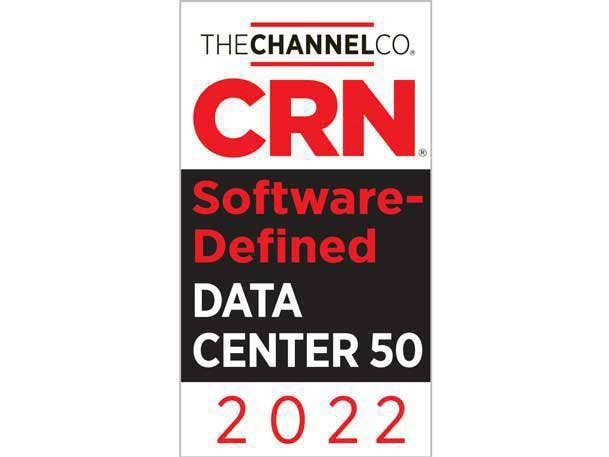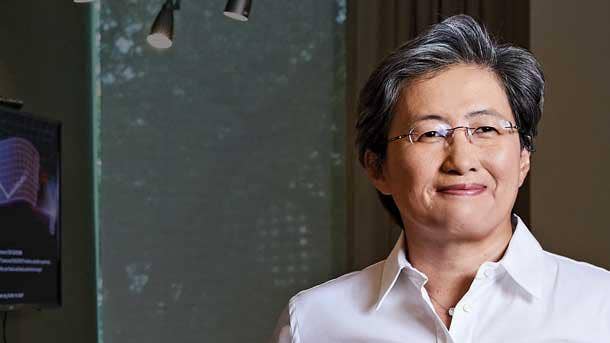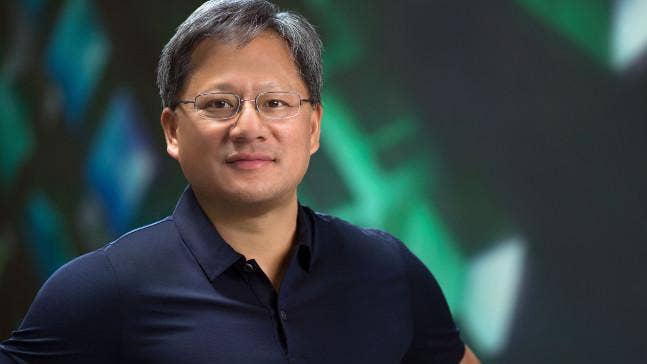5 Hot Software-Defined Data Center Chip Vendors: 2022 SDDC 50
The world’s chip supply may be in disarray, but the companies making them are raking in revenue as customers scramble to bring processing power to bear on giant data center workloads.

The classic battle between Intel and AMD for market share in data center has been joined by Nvidia, Arm and Marvell as each manufacturer races -- sometimes together, sometimes separately -- towards a future where their product dominates the chilly, florescent-tube-lighted server room landscape.
AMD’s partnership with Microsoft on the Azure HBv3 virtual machines enhanced by 3rd Gen AMD EPYC, with the Milan X chip, seems to have a favored position over Intel’s Ice Lake chip. But old rivalries might be as relevant as a 386-processor, in the face of competition from Nvidia and ARM.
In late May, Nvidia deployed its Arm-based Hopper GPUs and Grace CPU “superchips,” a move that could prove to be a massive compute shift in the data center market. Among the first computer makers to release the new chips will be industry bigs such as Asus, Foxconn Industrial Internet, Gigabyte, QCT, Supermicro and Wiwynn.
Those chips can be used for a wide range of workloads spanning digital twins, AI, high performance computing, cloud graphics and gaming. Systems containing the Grace CPU Superchip and Grace Hopper Superchip are expected to begin shipping from those companies in the first half of 2023.
Intel last month launched a second-generation Habana AI deep learning processor to churn massive AI workloads at the data center -- a result of Intel buying Habana Labs for $2 billion in 2019. The new chips include the Habana Gaudi2 and Habana Greco, built on a seven-nanometer architecture. Gaudi2, the company said, was designed to bring improved deep learning performance and efficiency to cloud and on-premises systems.
As part of CRN’s 2022 Software-Defined Data Center 50, here are the five chip vendors paving the way inside the data center.

AMD
Top Executive: Lisa Su, President, CEO
Headquarters: Santa Clara, Calif.
AMD’s innovation engine has been leading Fortune 500 companies, and cutting-edge scientific research to better outcomes for more than 50 years. The company recently partnered with Microsoft to create Azure HBv3 virtual machines enhanced by
3rd Gen AMD EPYC processors. The units come with AMD 3D V-cache, codenamed “Milan-X” which provides 80 percent more performance for certain workloads. AMD’s recent partnership with HPE and the Oak Ridge National Laboratory resulted in the Frontier, a supercomputer that set a record for performing a quintillion calculations in a second.

Arm
Top Executive: Rene Haas, CEO
Headquarters: Cambridge, England
Arm designs energy efficient processers and software platforms that enable advanced computing.
In the data center, the company’s Neoverse N1 CPU is optimized for cloud-native workloads, to create a more flexible, and scalable infrastructure for cloud providers.
The architecture gives customers a 30 percent gain in compute efficiency over previous generations of the product. Additionally, the N1 can handle sub-35W systems for networking, and specific tasks, all the way to hyperscale environments.
Additionally, the company’s partnership with Nvidia, has been a boon for the technical reputation of both companies.

Intel
Top Executive: Pat Gelsinger, CEO
Headquarters: Santa Clara, Calif.
Intel’s line-up of data center chips support the most demanding applications for cloud and in-memory analytics, HPC and AI products.
The Xeon Scalable Processor is a foundation for data center scalability and agility. Its FPGA-acceleration chip Stratix can anticipate network needs to bring more resources when needed. Intel® Stratix® 10 devices deliver up to 2X performance gains over the previous generation, the company says.

Marvell Technology
Top Executive: Matthew Murphy, President, CEO
Headquarters: Santa Clara, Calif.
For the last 25 years Santa Clara, Calif. company has stored, processed and secured the world’s data with its semiconductor line up.
Marvell DC switches deliver bandwidth and scale to applications along with advanced packet processing and analytics to address demanding worklads. Together with PHY and optics from Marvell the switches provided robust end-to-end validated DC networking solutions.
The company said surge in demand among its to data center customers spurred last quarter’s 71- percent year over year growth. The company expects the upswing to continue, predicting 41-percent year over year growth next quarter.

Nvidia
Top Executive: Jensen Huang, President, CEO
Headquarters: Santa Clara, Calif
The Santa Clara, Calif.-based chipmaker has been at the forefront of modern computer graphics since 1993, delivering high performance computing power to demanding applications in artificial intelligence, as well as in industries such as manufacturing, health care, and transportation.
Nvidia’s end-to-end accelerated computing platform can be integrated across hardware and software stacks to give enterprises a blueprint to the robust, secure infrastructure that supports develop-to-deploy implementations across all modern workloads.